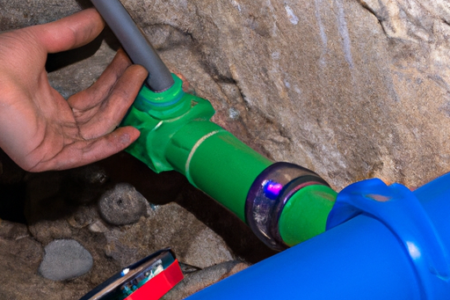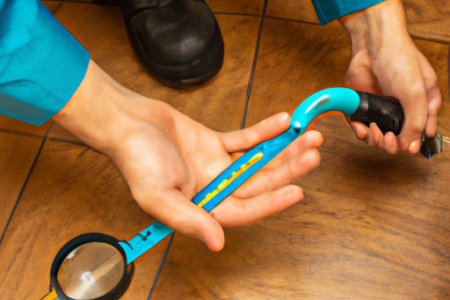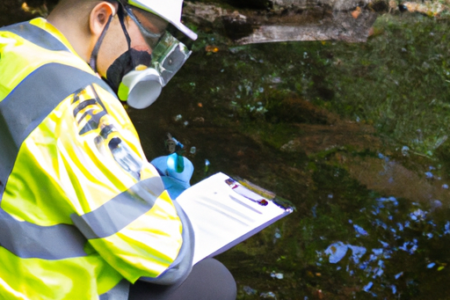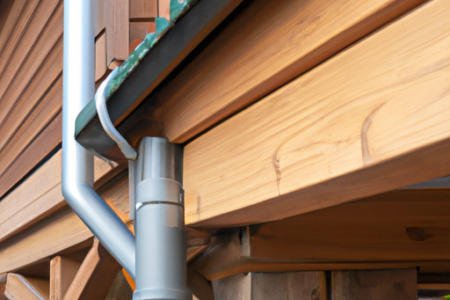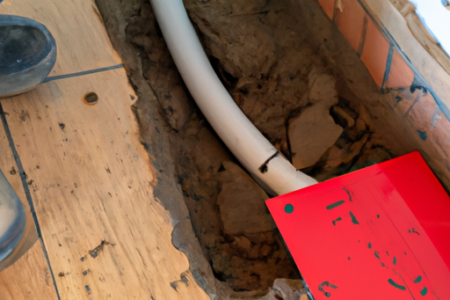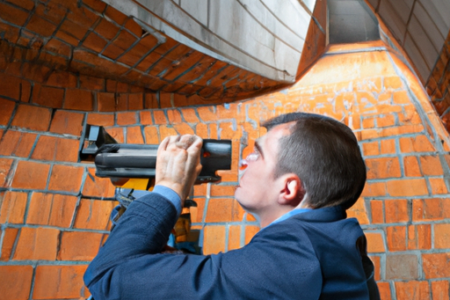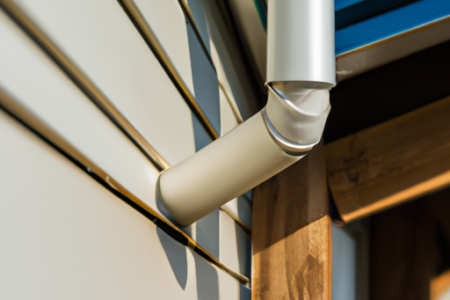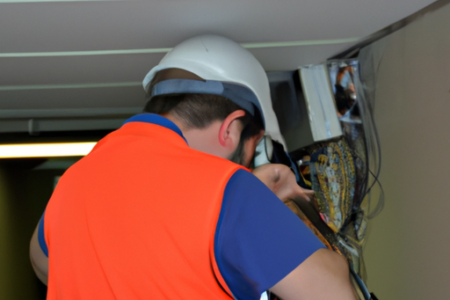various environmental factors, such as temperature, pressure, and humidity, scientists can determine how they perform in real-world applications. This information is crucial in industries like construction and transportation, where materials need to withstand a wide range of conditions. Understanding the behavior of materials in extreme environments also helps in developing protective coatings and materials for applications in space exploration and renewable energy.
Furthermore, investigating the applications of advanced materials involves studying their potential uses in various fields. From healthcare to energy, materials with specific properties can greatly impact the effectiveness and efficiency of devices and systems. For example, the development of biocompatible materials has revolutionized medical implants and prosthetics, allowing for better integration with the human body. Similarly, the discovery of new materials with enhanced energy storage capabilities has led to advancements in batteries and renewable energy technologies.
Moreover, exploring the applications of advanced materials involves testing their performance in different manufacturing processes. By understanding how materials interact with production techniques like 3D printing or nanofabrication, scientists and engineers can optimize these processes to achieve desired results. This can lead to faster production, reduced waste, and improved overall manufacturing efficiency.
In conclusion, investigating the applications of advanced materials is essential for staying at the forefront of technological advancements. By exploring the unique properties, behaviors, and potential uses of these materials, scientists and researchers can contribute to numerous industries and pave the way for groundbreaking innovations. From aerospace and electronics to healthcare and energy, advanced materials have the potential to shape our future in countless ways.

